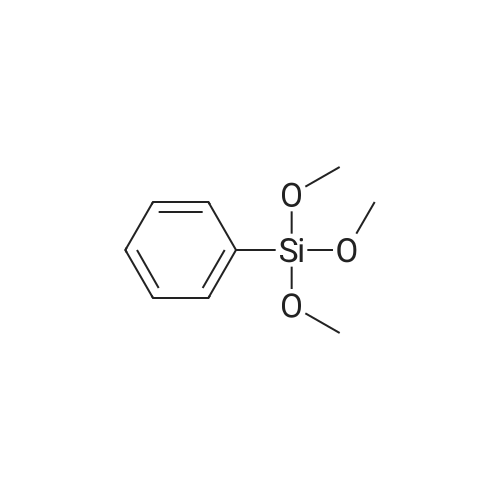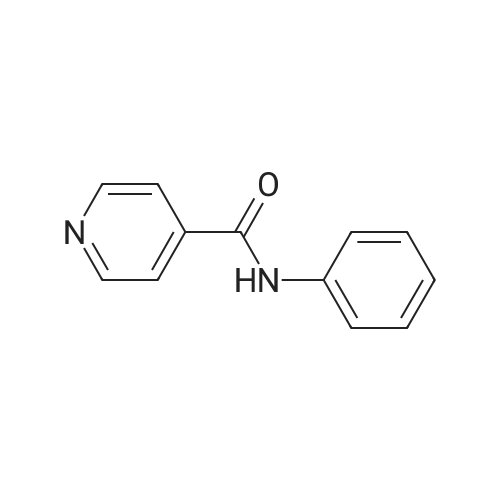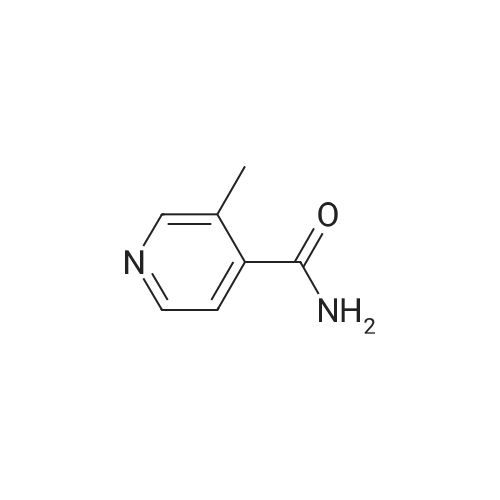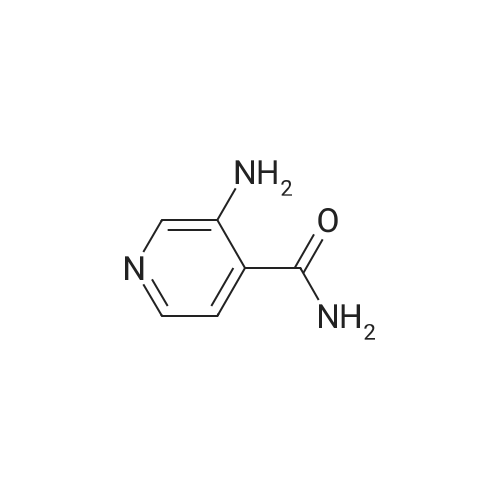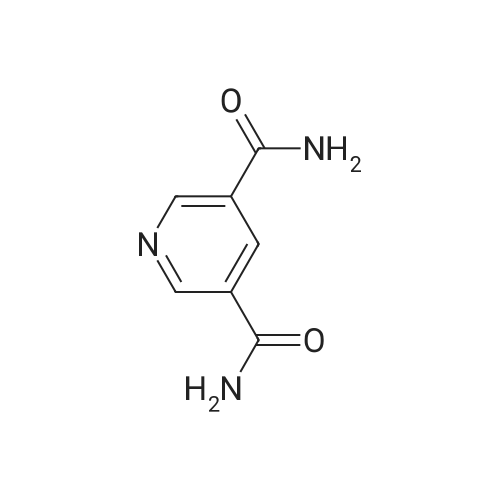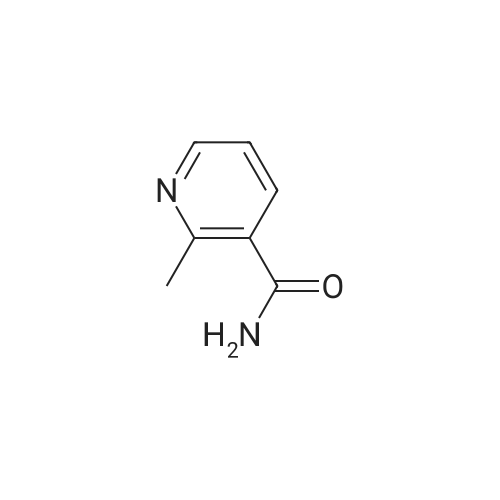More
Abstract: Tuberculosis (TB) remains a leading cause of infectious disease mortality and morbidity resulting in nearly 1.3 million deaths annually and infecting nearly one-quarter of the population. Chapter 1 discusses the epidemiology, control, and management of TB. Isoniazid (INH) is a cornerstone for the treatment of drug-susceptible TB, yet the quantitative structure-activity relationships for INH are not well documented in the literature. Chapter 2 evaluates a systematic series of INH analogs against contemporary Mycobacterium tuberculosis (Mtb) strains from different lineages and several key species of non-tuberculous mycobacteria (NTM). To assess the specific activity of this series of INH analogs against mycobacteria, we assayed them against a panel of Gram-positive and Gram-negative bacteria, as well as a number of fungi. Our findings provide an updated analysis of the structure-activity relationship of INH that will serve as a valuable resource for the development of a next generation antitubercular compounds. para-Aminosalicylic acid (PAS), is an important second-line agent for treating drug-resistant Mtb. PAS has a moderate bioavailability and rapid clearance that necessitate high doses in order to facilitate an effective treatment. Consequently, such high doses commonly results in gastrointestinal disturbances (presumably by disruption of gut microbiota and host epithelial cells). Chapter 3 discusses the design, synthesis and evaluation of PAS prodrugs and analogs with improved oral bioavailability, thereby preventing intestinal accumulation as well as undesirable bioactivation by the gut microbiome to cytotoxic folate species. The pivoxyl prodrug and fluorination at the 5- position address the primary limitations of PAS and have the potential to revitalize this second-line TB drug. vi Pyrazinamide (PZA) is a critical component of the first-line TB treatment regimen because of its sterilizing activity against non-replicating Mtb, but its mechanism of action has remained enigmatic. PZA is a prodrug converted to the active moiety- pyrazinoic acid (POA), by pyrazinamidase, an amidase within the nicotinamide adenine dinucleotide (NAD) salvage pathway encoded by pncA in Mtb. PZA resistance is most commonly induced via loss-of-function mutations within PncA. It has recently been demonstrated that POA induces targeted protein degradation of the enzyme PanD, a crucial component of the coenzyme A biosynthetic pathway, essential in Mtb. Chapter 4 describes the structure activity relationship (SAR) evaluation of various POA analogs. Further development and mechanistic analysis of these analogs may lead to a next generation POA analog for treating TB. The salicylic acid derived small molecule siderophores known as mycobactins are essential for mycobacterial iron acquisition and mycobactin biosynthesis has been biochemically and genetically validated as essential for survival in vivo. Sal-AMS, a modified nucleoside derivative that mimics an intermediate in the mycobactin biosynthetic pathway, is a potent Mtb inhibitor. Chapter 5 explores polyfluorinated salicylic acid derivatives as antimetabolites, designed to antagonize mycobactin synthesis. Enzymatic studies demonstrated that the tri- and tetra- fluorinated salicylic acid analogs were neither substrates nor inhibitors of MbtA, but the di-fluorinated compounds were readily activated by the bifunctional adenylating enzyme MbtA, responsible for processing salicylic acid moieties for synthesis of mycobactins. However further microbiological analysis revealed that the polyfluorinated derivatives have low potential as anti-TB agents and do not appear to operate by inhibiting mycobactin synthesis. vii Lastly, the chemical synthesis of nucleoside analogs, an important class of compounds with applications as anti-infective, anti-cancer, and diagnostic agents, is extremely challenging, typically requiring linear synthesis, multiple protectiondeprotection sequences, and stereoselective formation of the critical glycosidic linkage. Nucleoside phosphorylases (NPs) have tremendous biocatalytic potential and aid in the selective modification of nucleosides under green conditions. Chapter 6 focuses on the functional characterization of 15 thermostable purine NPs. Four of these were further selected for a comprehensive analysis of their substrate scope. Next, chemoenzymatic methods for the synthesis of modified nucleosides were extensively studied using various coupled systems, and 12 modified nucleosides were synthesized, isolated, and characterized. viii Table of Contents Acknowledgments......................

 Chemistry
Chemistry
 Pharmaceutical Intermediates
Pharmaceutical Intermediates
 Inhibitors/Agonists
Inhibitors/Agonists
 Material Science
Material Science















 For Research Only
For Research Only
 120K+ Compounds
120K+ Compounds
 Competitive Price
Competitive Price
 1-2 Day Shipping
1-2 Day Shipping





